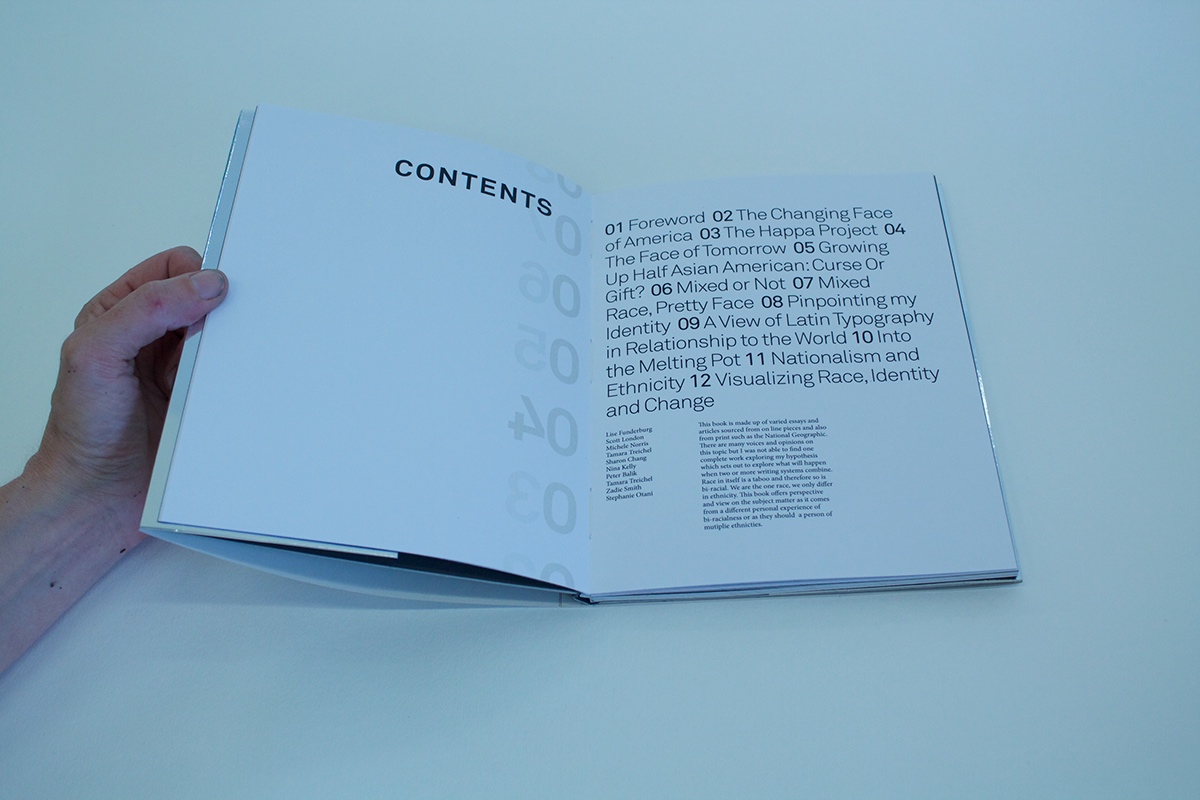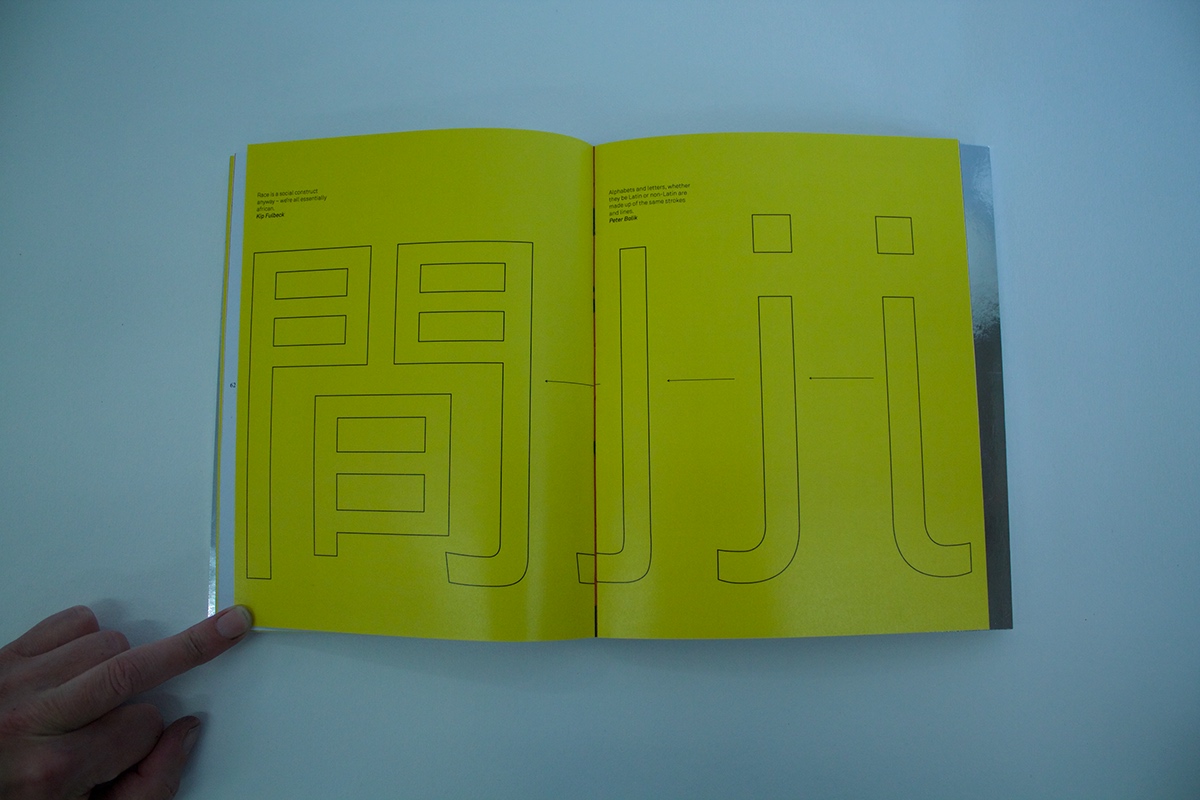In 1960 seventeen states in America had laws against interracial marriages, the term miscegenation was often used to describe the process of genetic mixture and many other derogatory words were made up to describe ethnically mixed genetics. The use of these words are now considered a taboo. In 2015 America one in seven couples are expected to be interracial or ethnically mixed. America is now a melting pot of all ethnicities. It human nature to want to categorise and label and to make sure everything has its allocated box but this is impossible when someone has two, three maybe four ethnicities within their family tree. “What are you? or “Where are you really from? are questions that are being asked more frequently every day. These questions do not help though as they can make someone who may already feel different and uncertain about there ethnical identity, feel even worse. This is the social taboo this brief is investigating. It is a taboo to ask someone what they are or what ‘race’ they are.
“For the record, race is not a scientifically sound assumption. For example, There is no DNA difference between human beings. We are all African. Biologically race does not exist. It is a social and cultural construction…” Kip Fulbeck.
The Hapa Project and the Race Card Project are both initiatives that set out to combat this taboo and help people of mixed ethnicity feel more assured and comfortable with there genealogy. National Geographic has published an article written by Lise Funderburg author of Black White Other. This article was inspired by the photographic essay from Martin Schoeller Changing Faces. This piece explores the idea that in 2050 we as a human race will all look the same. In America the annual census now has multiple boxes to check for ethnicity where as before 2006 it only had a black or white box. This allows us to then see this ethnical change in the American demography on paper.
“In many ways race is about difference and how those differences are codified through language categories, boxes, segmentation, and even implicit sorting that goes on in our heads in terms of the way we label others and even ourselves” Lise Funderbrug. How do we determine who is who and what is what, that is the taboo within human nature as discussed above. The world population aesthetically is changing so fast but how can we visualise this change part from physical appearances? An ethnicity can be defined by many things; culture, nationality, skin colour, physical appearance and language. Photographically Martin Schoeller has shown and documented what America looks like now but what will the world look like in 2050 and what about language? Language is trait of ethnicity that will be modified and mixed just like skin colour and bodily features. Will there be a ethically universal typeface or language? Will all books be set bilingually? As blended ethnicities become internationalised so will typography. Statically thanks to the census there are now facts on paper. But how will those facts aesthetically look on paper. The Roman alphabet is read left to right and horizontally but the non-latin alphabet of Japanese is read right to left and vertically. What will happen when these two writing systems meet?
















